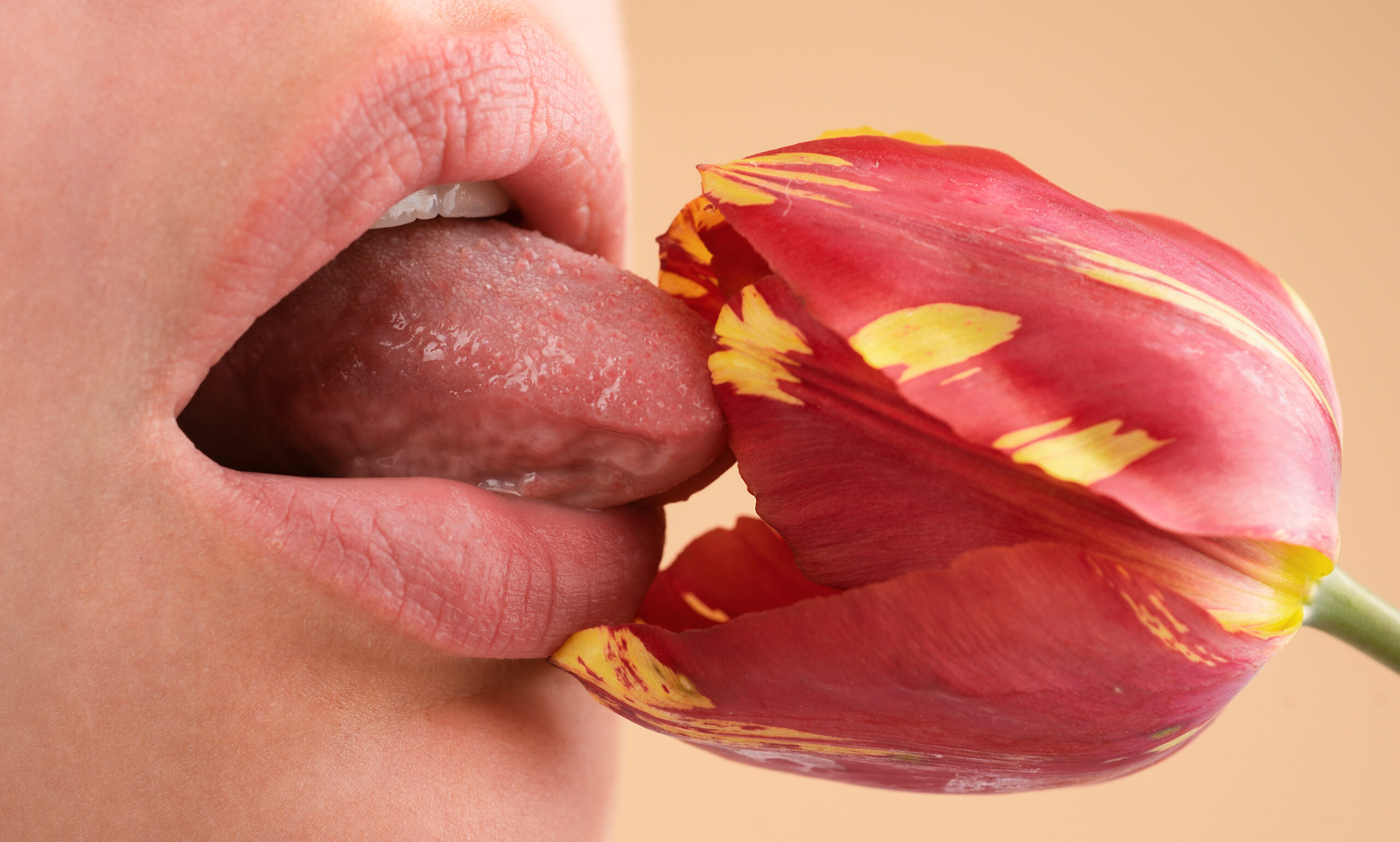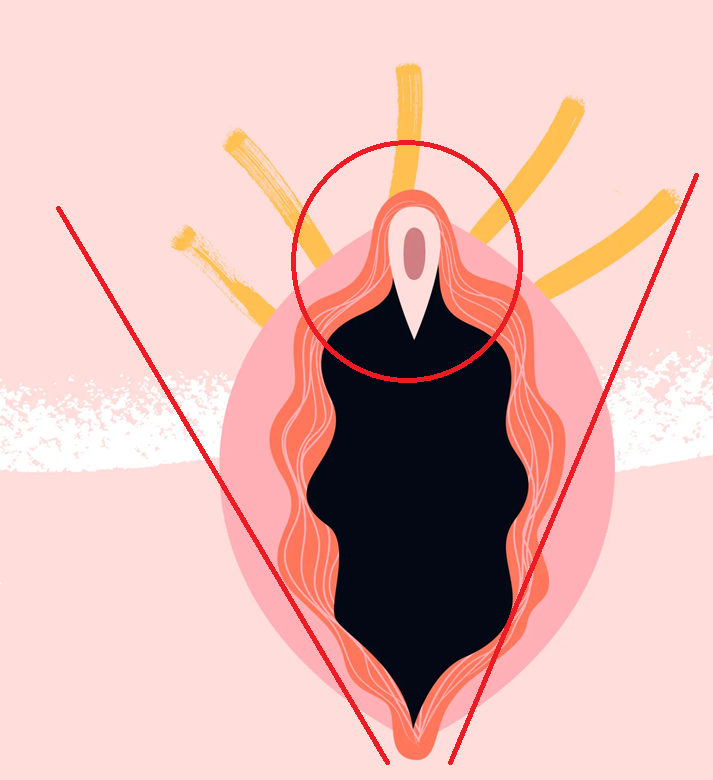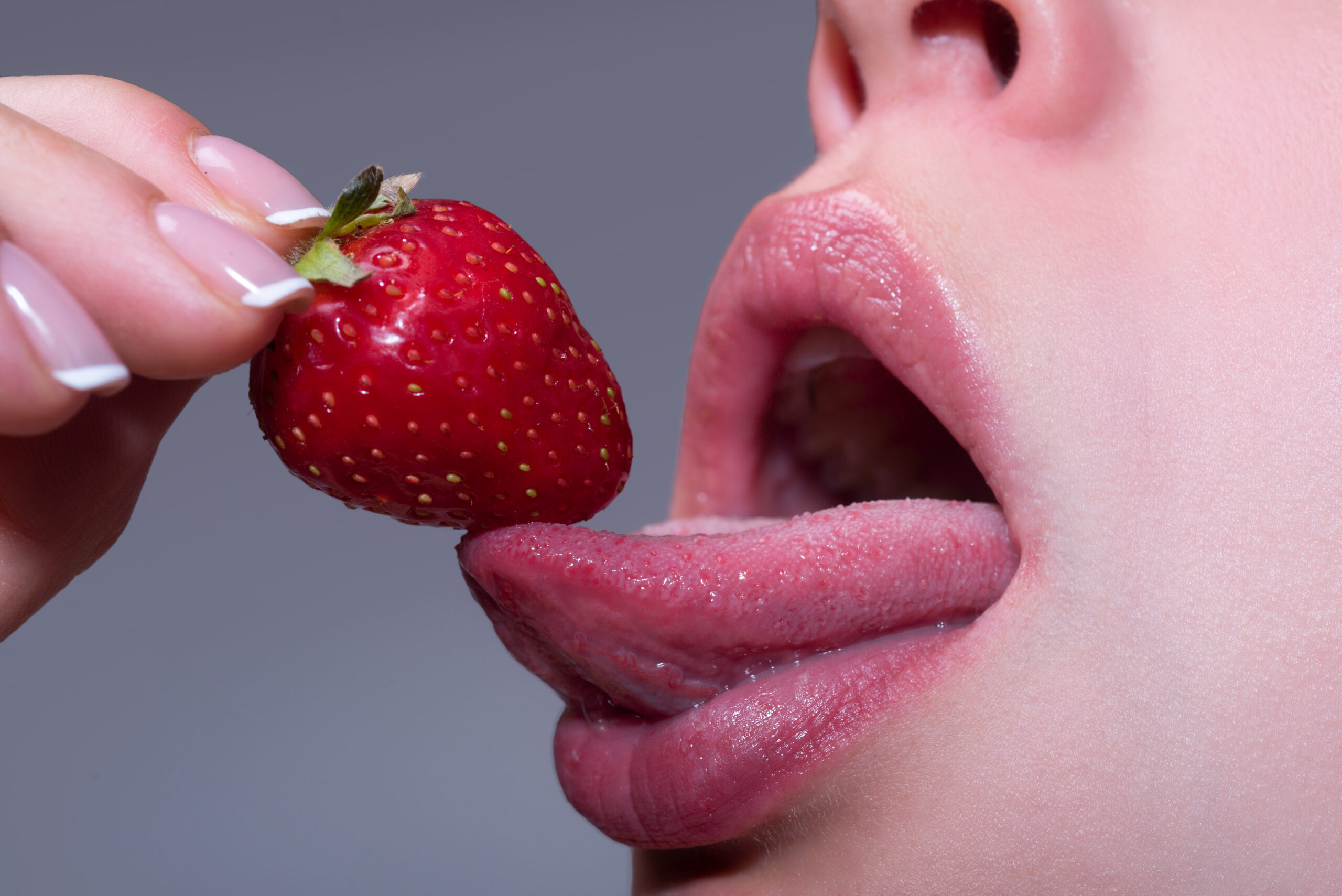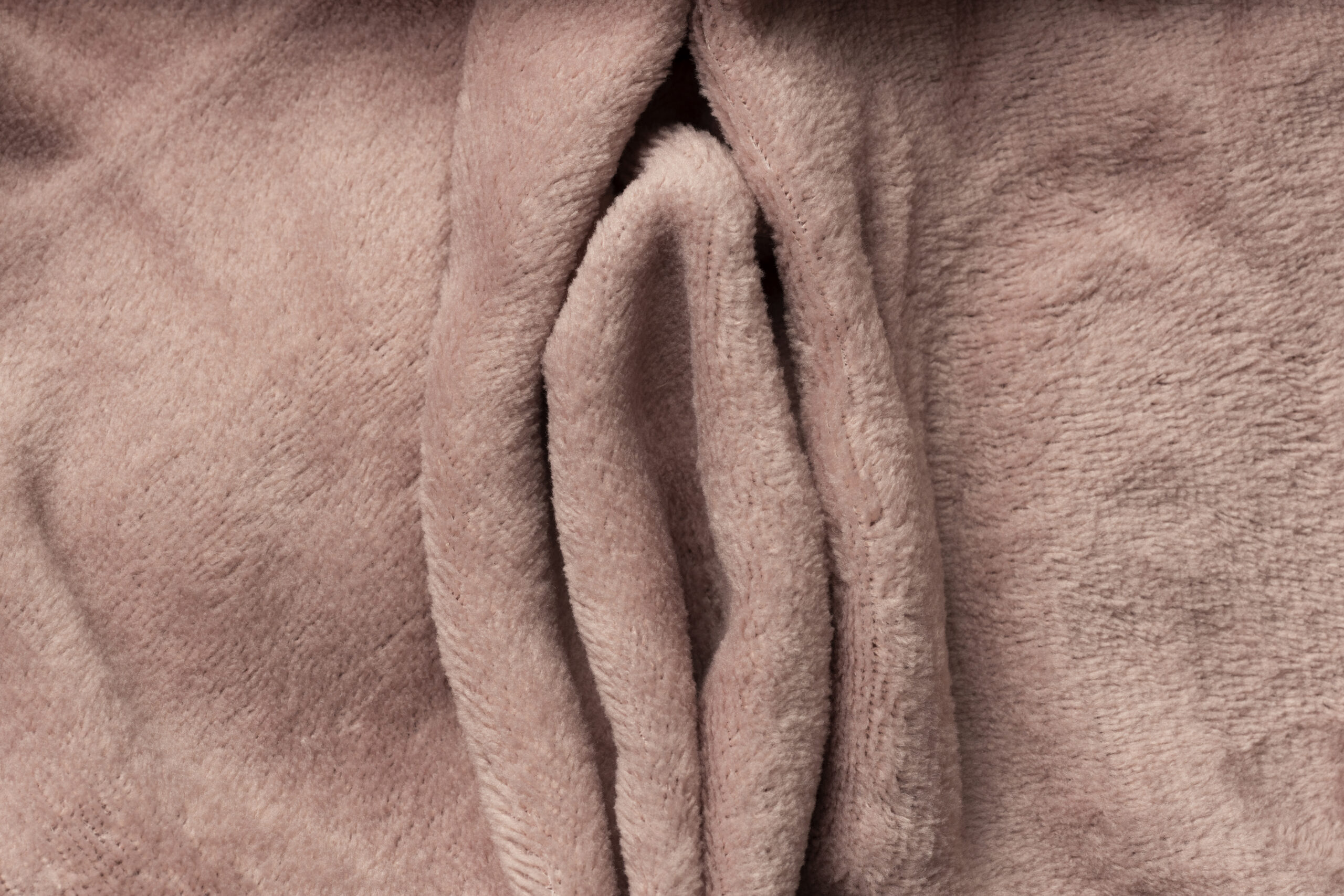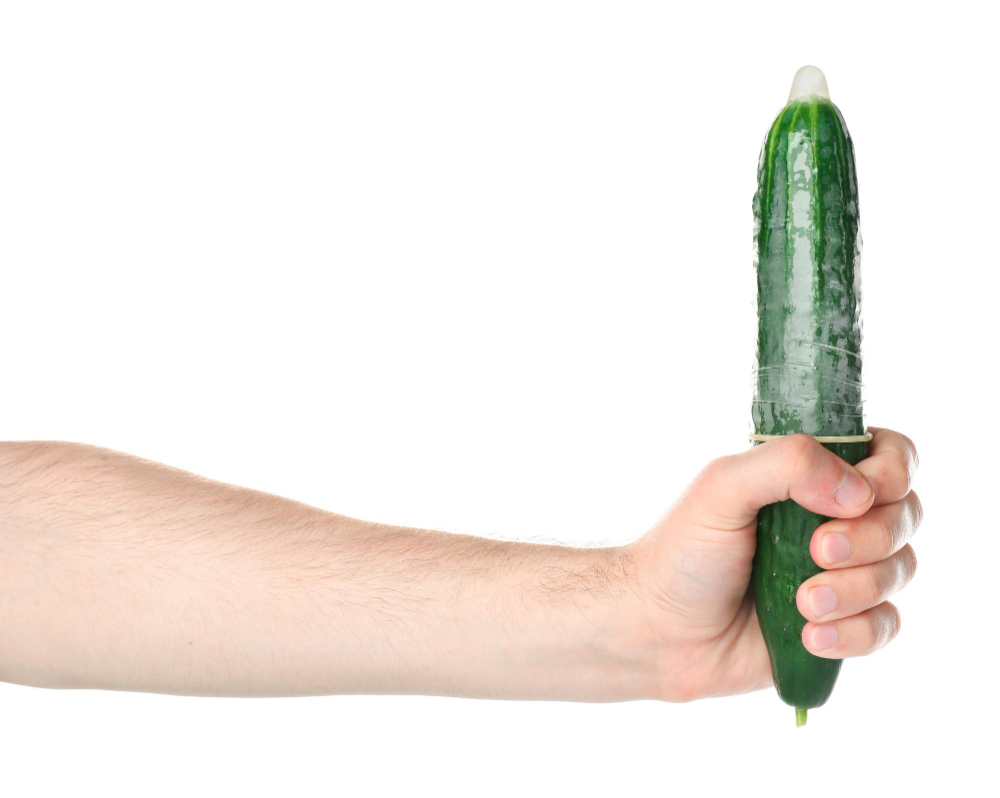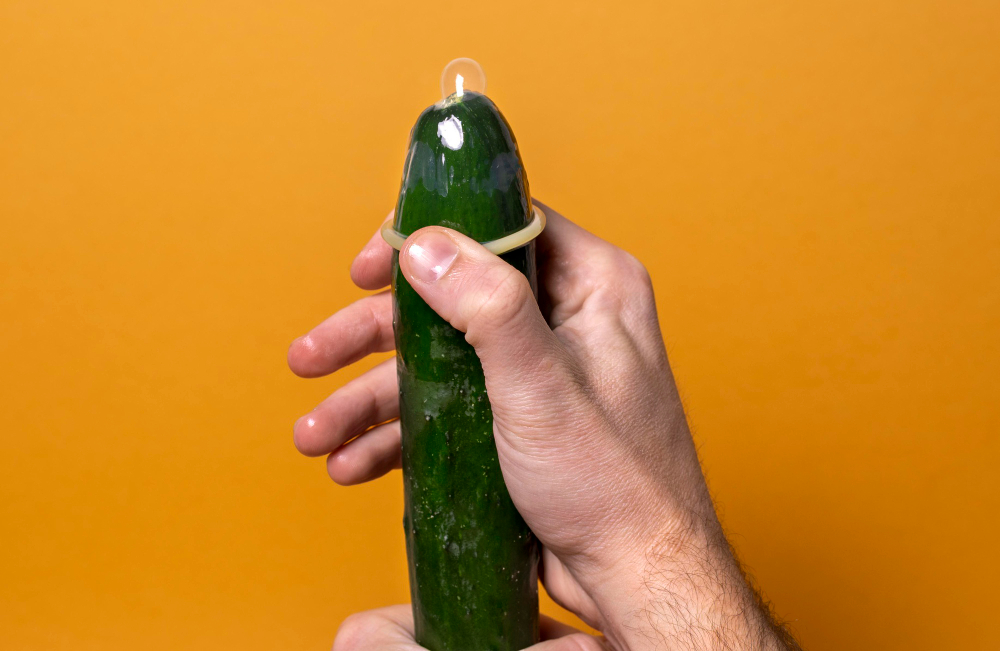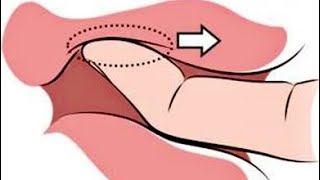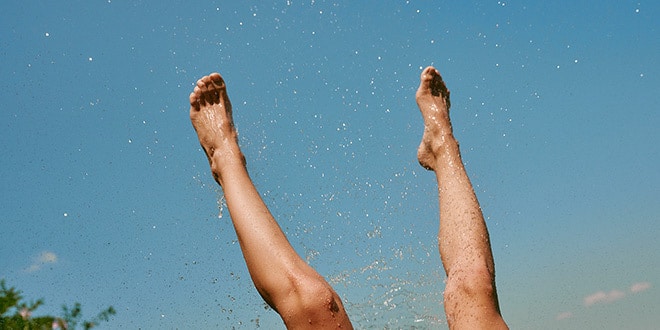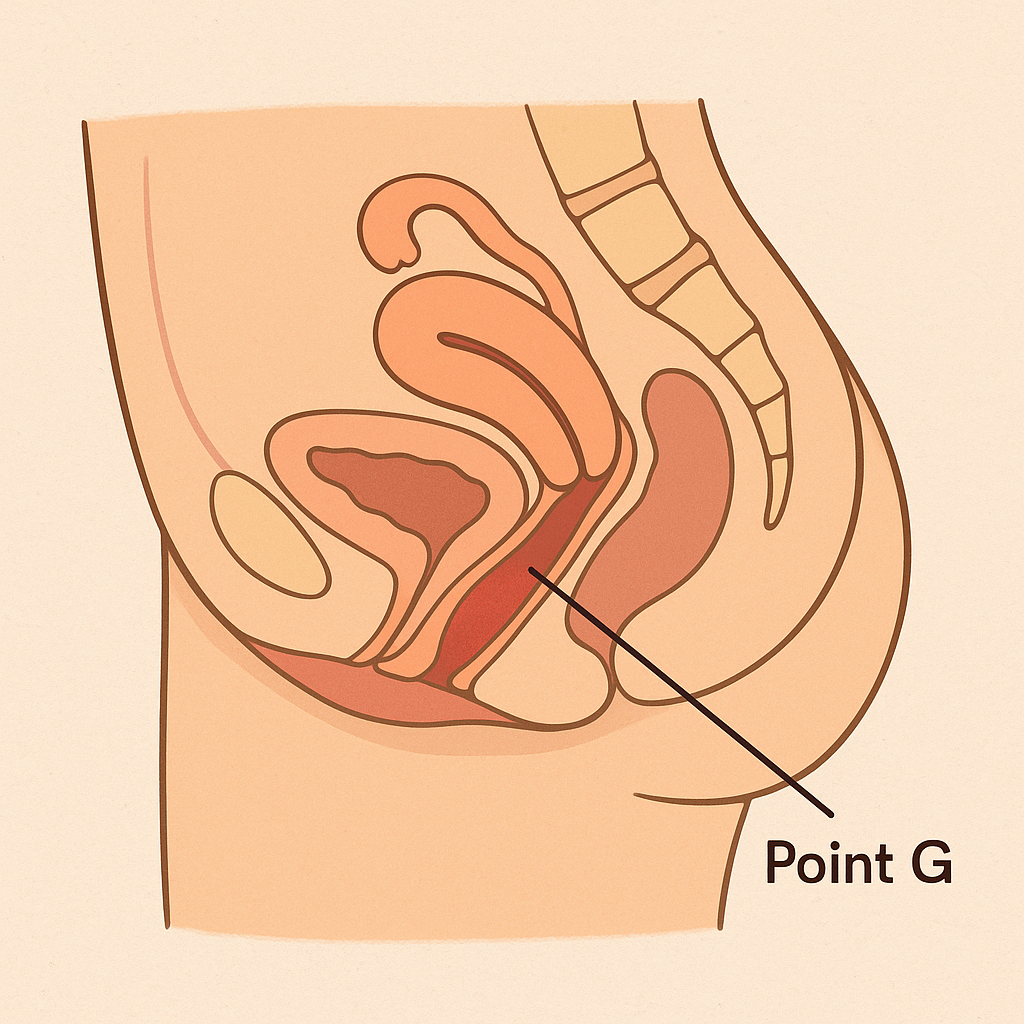
Intrigued by the libertine world? What’s it like in a libertine club? Which libertine site should you join? What are libertine practices? How can you successfully enter the world of libertinism? Discover this libertine questions answered here!

What is libertinism?
Libertinism refers to a way of living one’s sexuality in a free, consensual, and assertive manner, outside of traditional frameworks.
It often involves exploring new experiences, alone or as a couple, with a view to shared pleasure and without judgment. The motto is “everything is possible, nothing is obligatory.” So, you don’t have to sleep with everyone, nor to fuck in front of people.
What do the law and morality say about libertines?
The answer depends on culture, education, and personal values. For some, libertinism is a free and modern practice, based on respect and consent. For others, it may seem contrary to traditional norms. In reality, there is no “right” or “wrong” answer: what matters is that the people involved find balance and shared pleasure in it, without harming others.
Libertinism, as long as it is practiced between consenting adults, is perfectly legal in most Western countries. What can be regulated are the establishments (clubs, bars, saunas), which must comply with local laws. Socially, it remains taboo and often misunderstood: some associate it with stereotypes, while others simply see it as another way of experiencing one’s sexuality. Recognition therefore depends mainly on the perception of society and one’s personal circle.
What is the difference between libertinism and swinging?
What is the difference between libertinism, swinging, and polyamory? Libertinism is a general term that encompasses any free and consensual sexual practice, without strict exclusivity. Swinging is a specific form of libertinism where couples agree to exchange partners, often in a party setting or club. Polyamory, on the other hand, is not only sexual: it involves the possibility of loving several people at the same time, in an emotional and relational way (not much to do with the libertine world).
In terms of libertine practices: there are also voyeurism, swinging, BDSM, candaulism, etc.
Who are libertines?
Libertinism is not reserved for an elite or a particular type of person. It attracts a wide variety of profiles: young, old, single, couples… The key is to be open-minded, respectful of others, and clear communication. Anyone can be interested, as long as it’s done in a healthy, respectful, and consensual environment.
How to get started with swinging?
If you’re in a relationship, it’s essential to discuss it openly with your partner to establish clear boundaries and define what is and isn’t acceptable. If you’re single, take the time to educate yourself (forums, blogs, testimonials) and take it slowly. The important thing is not to force anything and to respect your desires as well as those of others.
You don’t give your girlfriend a swinging “surprise” without first telling her. Like, “Hey honey, I brought a guy home, he’s going to fuck you, is that okay?” » There are several ways: Sites and apps specializing in swinging, where profiles are verified and intentions are clear. Private parties or swinger clubs, which allow you to meet like-minded people.
Through initiated friends, but this is rarer. Always favor safe and respectful spaces, and take the time to chat before any meeting. If you’re a single man, you’ll have to “impose” yourself a little. Often, couples will be less demanding in real life in clubs than on swinger sites.

Libertine clubs
A libertine club (or swinger c lub) is a private place where people come to have fun, dance, chat… and sometimes go further. Each club has its own atmosphere: some resemble a chic nightclub with a dance floor, others a cozy bar with intimate lounges. Nothing is ever mandatory: you can simply observe, have a drink, and chat.
The golden rule is consent: everything is done respectfully and without pressure. However, there are liars (fake couples) or coercion (guys), so stay vigilant. These places aren’t just for real swingers (be careful).
Swinger Club: Where to Find a Good One?
Swinger clubs are located in many cities: some resemble nightclubs, others more intimate venues. For websites, there are specialized platforms (often paid) that bring together an active and serious community. Word of mouth or specialized forums can also point you to reliable places. The important thing is to check the reputation and reviews, and to favor spaces that emphasize respect and safety. Normally, hygiene is central. But you should check online reviews. And be wary of the jacuzzi.

How to Choose Your Swinger Party ?
It depends on the theme. The number of participants. Who you are, who’s going… The price (which varies depending on your gender)… If you’re a single man, make sure they’re allowed. And sometimes there are “black” parties.
How should you dress for a swinger club?
It depends on whether you’re going to a dry or wet club. In a sauna, you’ll be in a towel. If it’s a club, pants, a shirt, and dress shoes. A woman in an evening dress is considered sensible. You can go wild! You can let loose!
What are the rules and codes of swinging?
Respect and consent: nothing happens without a clear “yes.” Discretion: no photos, no judgments, everyone is free. Hygiene: impeccable cleanliness, mandatory protection (condoms). Politeness: knowing how to accept a refusal without insisting, being open but never intrusive. Don’t confuse libertines with whores.
As a couple and libertinism: will it strengthen or weaken you?
Libertinism can weaken a relationship if it isn’t fully consented to or if it’s used as a solution to existing problems. However, when it’s chosen freely, with mutual agreement and good communication, it’s not necessarily dangerous: it becomes a shared exploration. Libertinism is not opposed to love. Many libertine couples are deeply in love and see this practice as a way to enrich their bond. Sex and love are two different dimensions, and some choose to experience them openly while remaining deeply attached to each other. It all depends on the couple. For some, libertinism weakens because it reveals insecurities, a lack of communication, or unrequited desires. For others, it strengthens: it creates trust, sharing, a sense of freedom and honesty.
Libertinism is therefore revealing: it can be dangerous if the foundation of the relationship is fragile, but it can be a cement if it is based on trust and respect.
How to manage jealousy in the libertine world?
Jealousy is natural and can arise even in a very strong relationship. The key is to anticipate it: talk about it beforehand, set clear boundaries, and establish constant dialogue. If discomfort arises, it must be expressed without delay. In libertinism, transparency and mutual listening are essential to soothe these emotions.

Who makes up the libertine world?
Libertinism isn’t reserved for any particular social category. In clubs and on websites, you’ll find a wide variety of profiles: young and old, with very different physicalities, and people from all social classes. The only real criteria is open-mindedness and respect for the rules. There aren’t “just old people.” The average age range is 30-45. There aren’t just perverts.
There’s no “typical profile.” We find:
*curious couples who want to spice up their relationship,
*singles looking for new experiences,
*older people as well as young adults.
Libertinism attracts a wide variety of people, and that’s what makes it so rich. The common thread remains open-mindedness and the desire to experience free and consensual sexuality. People of color. Porn stars. Legally, the only limit is the age of consent. In practice, the average age is often between 25 and 55, but there are clubs or parties that target specific age groups (for example, “young couples” or “over 40” parties). Everyone can find their place, as long as mutual respect is maintained.
Hygiene, Sexually Transmitted Diseases and Infections in the Swinging World
Like any multiple sexual practice, swinging carries risks if you don’t take precautions. Maintaining good hygiene and consistently using condoms are essential to protect yourself from STDs/STIs. Reputable clubs provide protective equipment and ensure the cleanliness of the premises. Individual responsibility remains paramount. I’ve never caught any, even though almost all of them sucked me off without a condom and with protected penetration.
Discretion and Swinging
Swinging remains taboo in society. It’s not necessary to talk about it with everyone: it’s a private matter. The important thing is to accept this desire, both to yourself and to your partner. If you fear judgment, keep this practice discreet and confidential. Many libertines live their sexuality freely without ever revealing it to their family or professional circles.
The Libertine World and Sexual Problems
Some have a fantasy about a huge dick, but most prefer your face and your charm, even if a muscular torso can count. It depends on who you end up with! With some women, it’s everyone’s happy place. On the other hand, there are men who “in a group” have trouble getting laid or holding on.
I recommend my sex programs.
Also read :
How to Get a Better Erection: Complete Natural Guide to Getting Rock-Hard
and
How to Last Longer in Bed: The Ultimate Guide to Endurance with a Woman
You libertine coach,
Fabrice Julien

